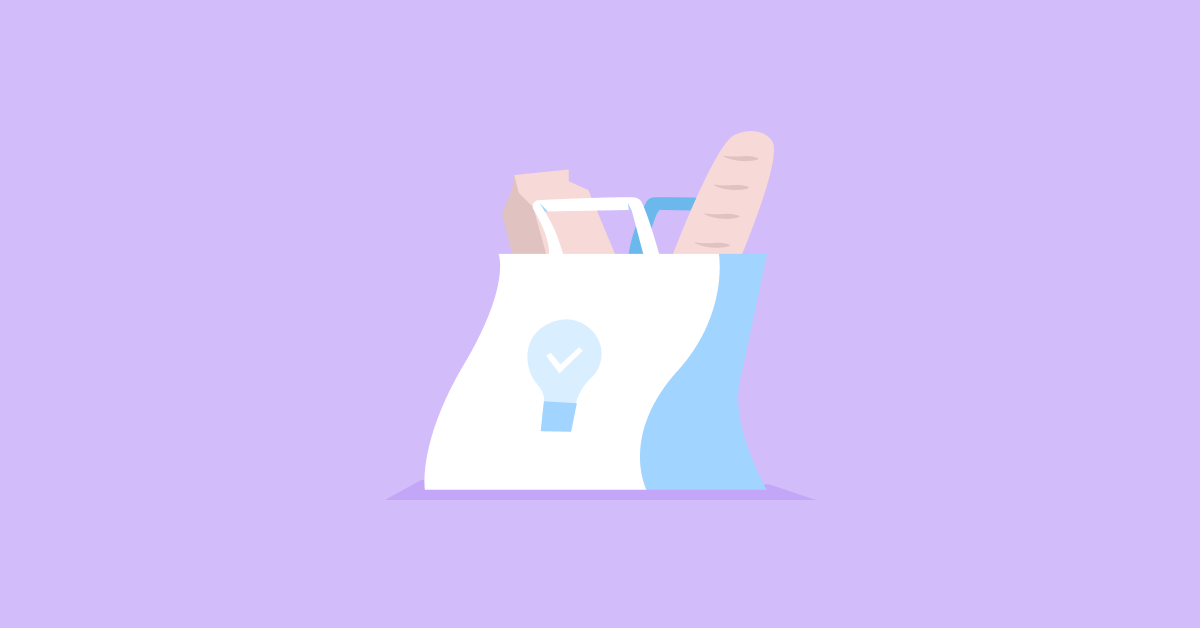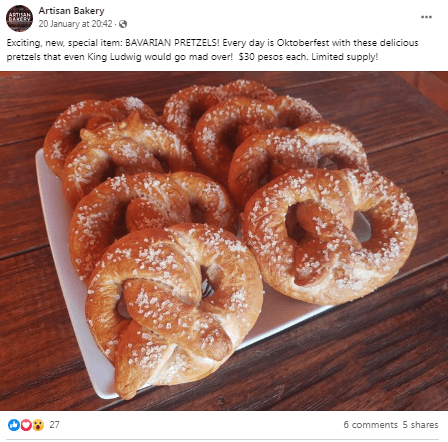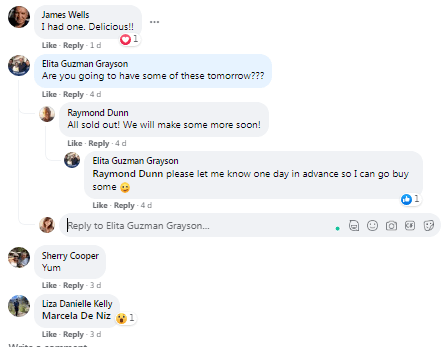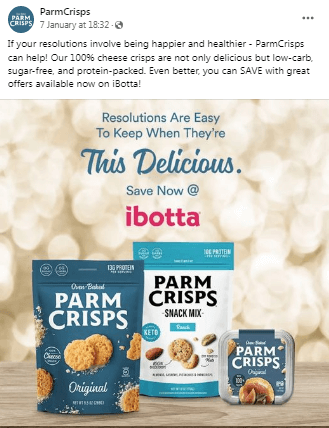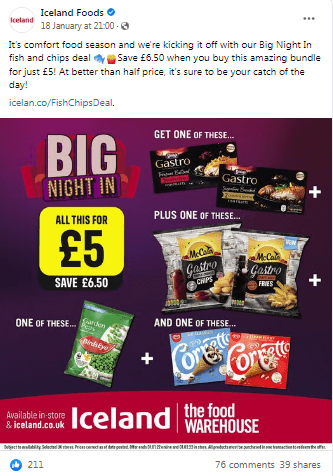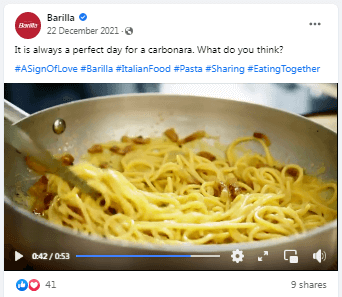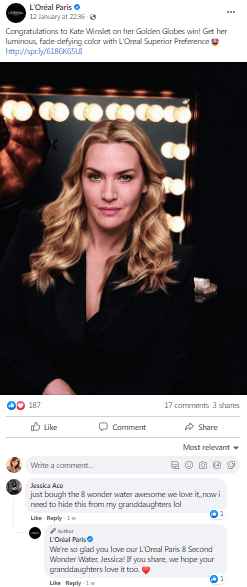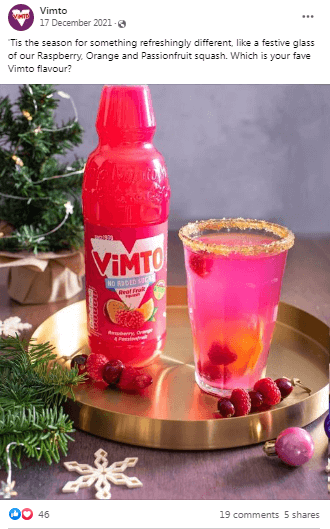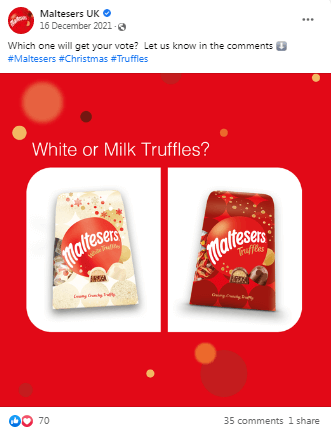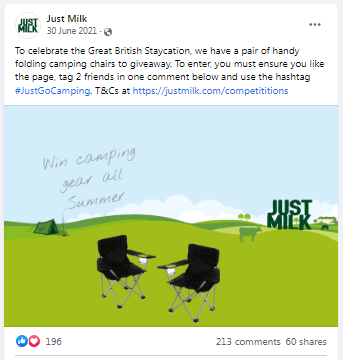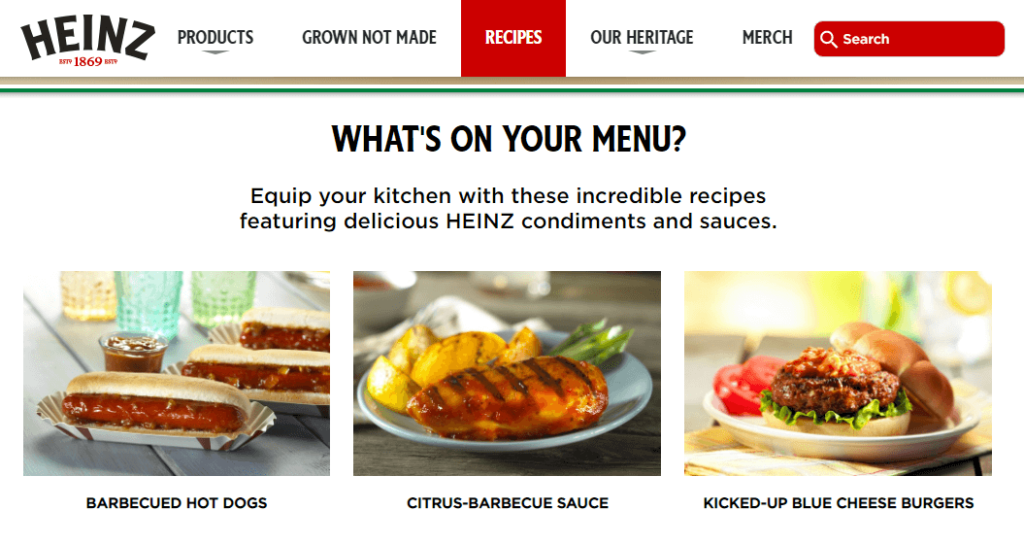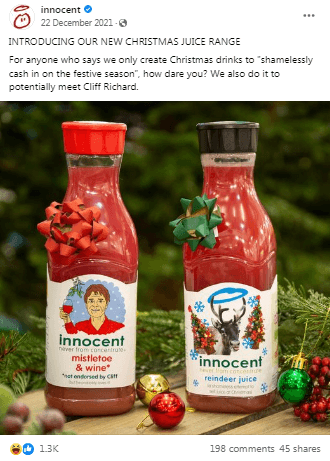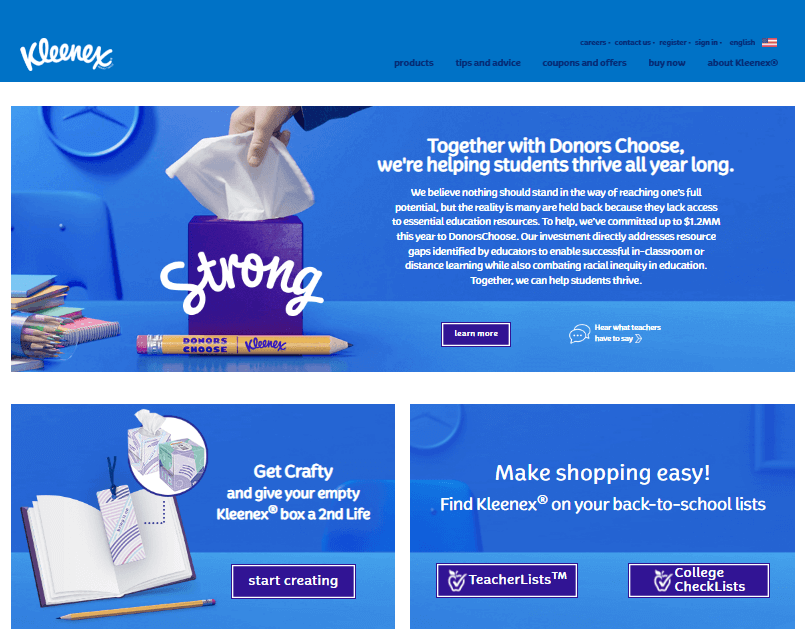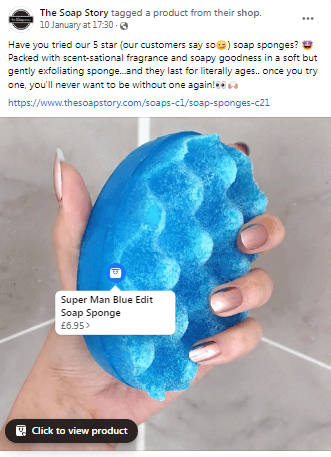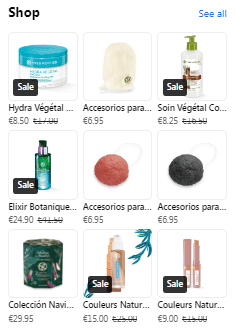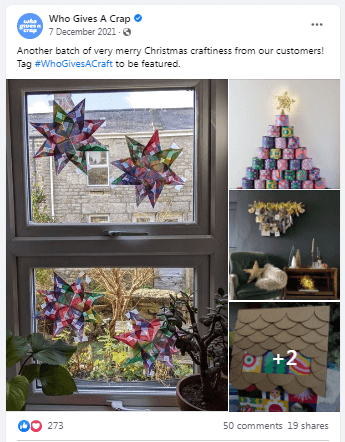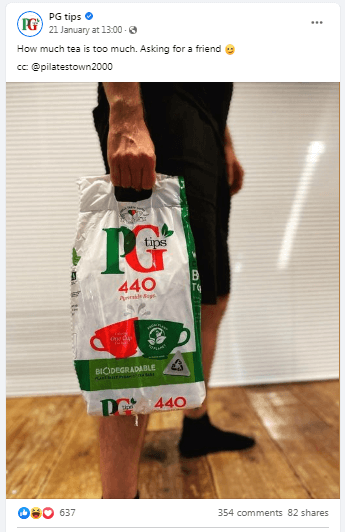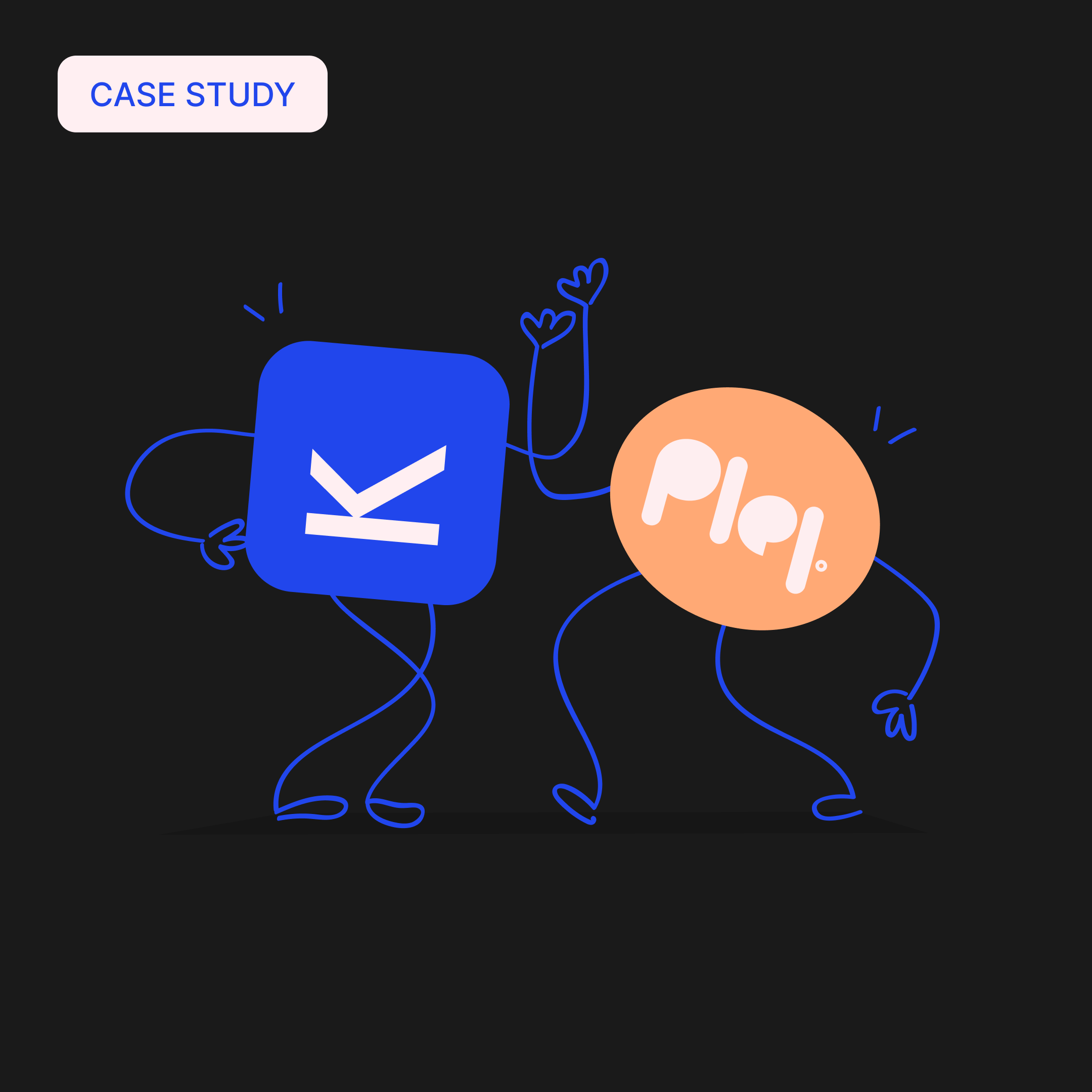Across all industries requiring promotion, FMCG is the one that may need it most. Amidst so much new competition sprouting up like mushrooms, FMCG brands need to establish themselves online with strong strategies.
Just researching and looking for new ways to market their products online is no longer enough – implementing them and being a trendsetter is what matters. In this blog post we will discuss ways, practices, and examples of FMCG’s digital marketing strategies that have been successful.
What does FMCG stand for?
FMCG stands for Fast-Moving Consumer Goods. It is an industry in which products are designed to be sold quickly and at low prices, such that there are low-profit margins and high volumes of sales.
You can think of FMCG products as food, beverages, personal care items, or cleaning supplies, just to name a few examples.
Why should the FMCG industry be active online?
Why should FMCG companies be active online if they sell their products mainly through brick-and-mortar stores? Can’t they just work offline?
Of course, they could – but they would be missing a huge opportunity.
FMCG companies can use their digital marketing strategies to target potential consumers who are looking for specific products on the internet. FMCGs can also build brand awareness and create loyalty among customers by providing valuable content related to their product or industry.
This way, the next time a particular customer visits a certain type of shop, they may choose your brand over others simply because they watched your advert or read your content online and liked what they saw.
To illustrate this point, I just invented the Pretzel example.
Here are pretzels.
Can you buy a fresh one straight away on Facebook and consume it?
Probably not (unless you have them delivered).
Can you get a shopping impulse, be inspired, and feel the urge to go grab some fresh bread after seeing that advert?
Absolutely.
And some comments can even encourage you to do that NOW.
Additionally, online channels are a breeze to use in support of the Research Online Purchase Offline (ROPO) approach (where reverse ROPO stands for Research Offline Purchase Online). Consumers are finding information about products online, but making their final purchase in-store, or the other way around.
FMCG is the industry that can benefit from this approach the most if they leverage online activities in the right way.
Challenges for FMCG digital marketing strategies
FMCG companies face a few unique challenges when it comes to their digital marketing strategies. One of the biggest is that they have to compete with one another for shelf space and consumers’ attention.
FMCGs have to be creative when it comes to their digital marketing strategies, as they often do not have the luxury of a captive audience like other industries do.
Another challenge is that FMCG products are often seen as commodities, meaning that people are not loyal to any particular brand and will switch between them frequently depending on what is cheapest or most convenient.
And this can happen often, without any warning, and on a scale.
An FMCG will also often have a large global presence, so they must take into account cultural differences when crafting their digital marketing strategies. For example, back in 2020, Nestle claimed to review 25,000 products and 2,000 brands from their portfolio to “identify any required changes to use our imagery or language”. In Africa, Gerber’s baby food labels featured cute pictures of infants without the company realizing that many consumers are unable to read and rely on pictures to find out what is inside. Mashed babies, that would be.
And finally, FMCG products often can’t fall for e-commerce since they need to be sold quickly and can’t take advantage of long delivery times.
In short: there are quite a few obstacles that FMCG companies have to deal with constantly – but once they tackle them, a whole ocean of possibilities opens up.
Creative Ideas For Your FMCG Digital Marketing Strategy
#1 Powering up your social media presence
Being active on social media allows FMCGs to connect with consumers online and share information about their products in real-time. Of the many components of an FMCG digital marketing strategy, social media should be among the strongest.
The use of social media helps FMCG companies build awareness of and develop communities around their brands. It should also go without saying that social media can have a big impact on sales, since brands that are visible on such platforms can have an easier time driving meaningful results.
FMCG brands use social media for a variety of purposes, such as to:
share product information – you can present your products’ USP (unique selling proposition, i.e. points that differentiate you from the competition), show characteristics, promote deals, or simply announce availability.
ParmCrisps uses social media to communicate about the nutritious ingredients in their products:
Iceland Foods favor a more “in your face” approach, promoting current deals:
showcase how-to videos – video clips with short, good practices, recipes, or tutorials can drive more interest in your products (since it’s necessary in order to make that delicious recipe, right?)
engage with customers – use social media to collect feedback and reply to comments or messages
L’Oreal Paris rely on engagement loops (answering and encouraging further commenting) in their communication:
Vimto, with a simple post, asks its followers for feedback and their favorite flavor.
Imagine if 627 people all of a sudden picked “Mixed fruits”, leaving other flavors behind? This would give the Vimto team plenty of food – or drink – for thought, in terms of e.g. product development.
FMCG brands also use quizzes, trivia questions, and polls on social media.
During the Christmas season, Maltesers held a quick vote on their Christmas truffle flavors. By doing so, they were able to not only receive feedback, but also to present their relatively new product (white and milk truffles) to the world.
(btw, these truffles are actually pretty awesome)
run contests – since virality on social media can take your content places, why not encourage your potential clients with a simple competition?
Just Milk decided to give away two folding camping chairs (they actually don’t cost an arm and a leg in Walmart) in one of their contests, generating almost 200 reactions, more than 200 answers, and 60 shares on social media.
A nice, targeted reach for more-or-less $50? Yes, please.
Communication on your social media channels should go hand in hand with…
#2 Developing a content strategy
A content strategy is essential for FMCG companies in order to produce valuable content that engages customers and helps them build their brands. Content can come in the form of blog posts, videos, infographics, or – as we have already mentioned – social media updates.
FMCG companies should ensure that their content is relevant, valuable, and consistent with the tone and style of their brand identity so that customers know what to expect from them. It is important to make sure that content is relevant to the target audience and provides value to them.
For instance, Heinz decided to make their products more visible by creating awareness around them as ingredients for some recipes.
Additionally, an FMCG digital marketing strategy should have its own tone of voice and brand guidelines that must be followed across all channels online.
With its social media posts, Innocent Drinks decided to be witty and with a tongue-in-cheek approach to their content. Instead of being just another “page about drinks”, they keep their Facebook Page humorous and very British.
#3 Designing a website
Even if they might seem to be unnecessary for many, websites are essential for FMCG brands. They can be used in an obvious way – to provide information about the company and its products, or they can be used to drive traffic to the brand’s social media profiles and online store.
A good website should be easy to navigate and provide all the information that users need. Yet websites can also serve as a place for more information about the company’s mission, partnerships,collaborations, or even a career section.
Below, you can find an example from the Kleenex website. They could have just built a website with product descriptions or contact information, but they turned it into a true content hub instead.
A good practice is to buy the domain name in advance (so that no one can steal it from you) anyway, and if you don’t plan on developing a website then select the 301 redirect type to the external domain of e.g. your FB profile.
This way, anyone who types www.YourSuperBrandName.com will automatically be redirected to your up and running social media profile.
#4 Enabling eCommerce
It may not be feasible for every FMCG brand to have an online store. Some of them are only available through marketplaces or e-grocery shops, while others choose to operate strictly offline. However, online stores are a great way for FMCGs to reach customers who want product information but don’t have time or the option to explore the aisles of physical stores.
In any case, FMCG brands can sell their products directly to consumers through online stores, so that can often be a compelling enough reason for them to set up at least a small eCommerce site.
It allows customers to browse and purchase products from the comfort of their homes. Ideally, an online store should be easy to use regardless of the device it is being visited on and provide information about products such as their ingredients and how to use them.
In addition, having an online store as part of your FMCG digital marketing strategy allows you to sell products directly on social media channels.
You simply need to add products to a catalog to create a Facebook Shop, then tag your products in upcoming posts like The Soap Story did.
Furthermore, such a section will be visible on Facebook Pages, which means that potential customers can access it even if they don’t see products tagged in particular posts. Yves Rocher uses it on a regular basis.
#5 Investing in influencer marketing
FMCG brands can build long-lasting relationships with their target audiences using brand ambassadors, which can mean influencers. 50% of IG users claim they are more interested in a brand if they see their adverts on Instagram.
FMCG companies can use this to their advantage by investing in a natural form of advertising such as influencer marketing.
As the name suggests, influencers are people who are influential to a particular target group and can appeal to the masses. They can become your brand ambassadors if you collaborate with them, the partnership goes well, and they also like what you have to offer.
Influencers can engage customers on social media by promoting a brand and its products to their followers, which is a great way to promote FMCGs far and wide.
Just this one Instagram post from Chiara Ferragni garnered over 220 thousand “hearts”. As she has over 26 million followers, the reach of just one post with a relatively natural Pantene advert is bound to be in the millions as well.
#6 Posting UGC (user generated content)
It’s no secret that influencer marketing and brand ambassador programs can be not only time-consuming, but also resource-intensive and costly. Some influencers agree to barter collaborations, while others will send you a significant bill for their promotional efforts.
User-generated content could be a great solution for FMCG brands looking to use natural posts to promote their products. Through a small encouragement, brands can obtain quite a large number of photos and comments, etc., that can be used in their communication upon gaining the users’ consent.
Who Gives A Crap is a toiletry brand from Australia – they encouraged their clients to send them photos of Christmas decorations made out of their toilet paper wrappings.
PG Tips, a UK tea brand, made reposting their “drinkers” content one of the pillars of their FMCG digital marketing strategy.
#7 Using paid advertising
Of course, FMCG brands can power up their marketing campaigns with paid advertising. From all of the networks they can use, Facebook Ads, Instagram Ads and Google Ads are the most popular ones.
FMCG brands can use paid advertising to reach larger audiences. Campaigns on social media can be used to promote products, build brand awareness, and generate leads.
The benefits of paid adverts, once they are optimized, include precise targeting and low costs. It becomes more challenging, however, as increasingly more restrictions are placed on tracking and targeting. The ability to track app and web conversions on iOS 14 devices is limited, and zero party data is becoming more than just a buzzword. This all contributes not only to the performance of ads, but also to their cost.
Considering all this, it is worth adding paid advertisements to your FMCG digital marketing strategy to increase its reach and power, but do not solely rely on them.
Many FMCG brands leverage paid advertising on social media. With tools like Facebook Ad Library for creatives in FB and IG campaigns or Moat for general adverts, you can check in on your competitors or get inspired by their ideas.
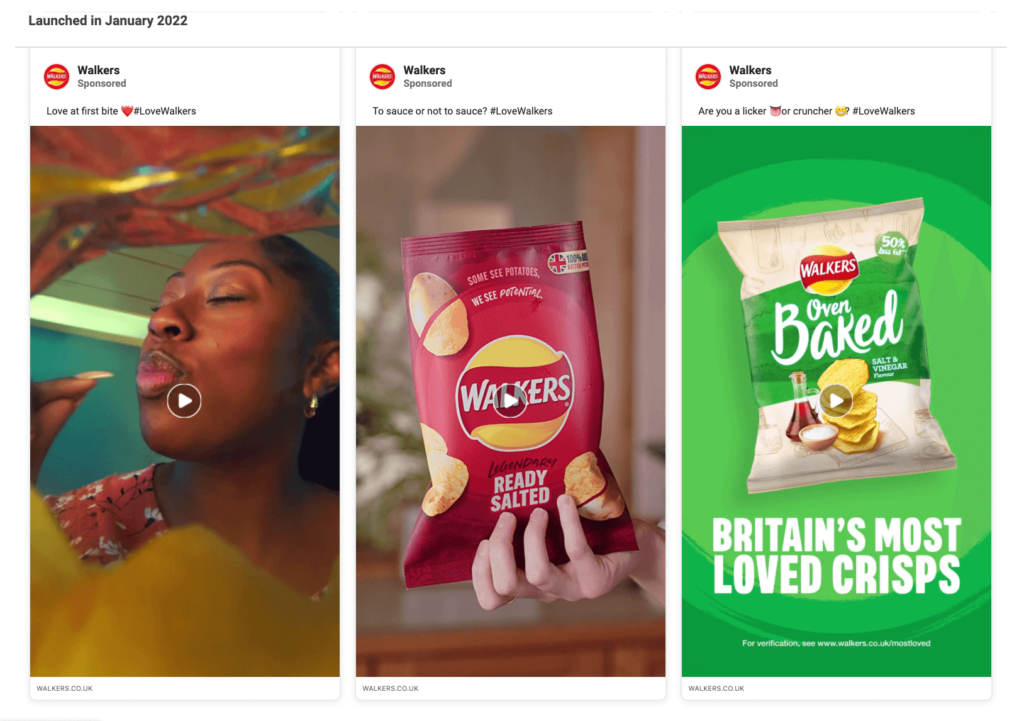
Extra checklist: tackling an FMCG digital marketing strategy
Before you start
– Define the goals of your brand
- Determine the audience you want to target
- Come up with a list of keywords that describe your product/service
- Identify what mediums are best for marketing it
- Have a team in place to leverage your digital marketing strategy
Once you launch
- Build a blog and post regularly
- Write a series of messages to communicate with your customers on a regular basis
- Run online contests for customers who have liked or followed you on social media sites
- Invest in SEO so that people can find you when they search for products like yours online
- Invest in professional images and videos – photoshoots can be make or break for your brand
To keep an eye on
- Monitor performance metrics to see if you’re meeting goals
- Update your digital marketing strategy to meet the changing needs of customers or your company goals
- Test content forms that speak to the needs and interests of your target audience
- Pick the right social media management tool to help you control your online presence
- Make sure you know all the digital what, why, when, and where of your competitors
- Select the right agency management software to efficiently keep track of your campaign performance and streamline your marketing efforts
An FMCG digital marketing strategy is like a box of chocolates
You never know what you’re going to get. But chocolates can be various: better, worse, sweeter, or… bittersweet.
So, how about picking the right box, containing the right chocolates, and simply developing a perfect strategy that surprises you in a positive way only?
Don’t wait any longer – start today and reveal the power of your FMCG brand.
